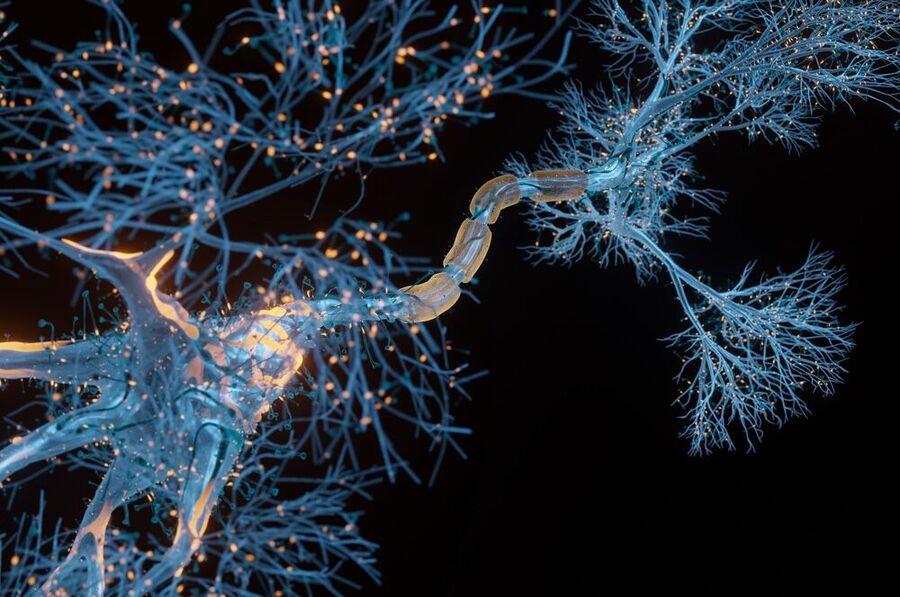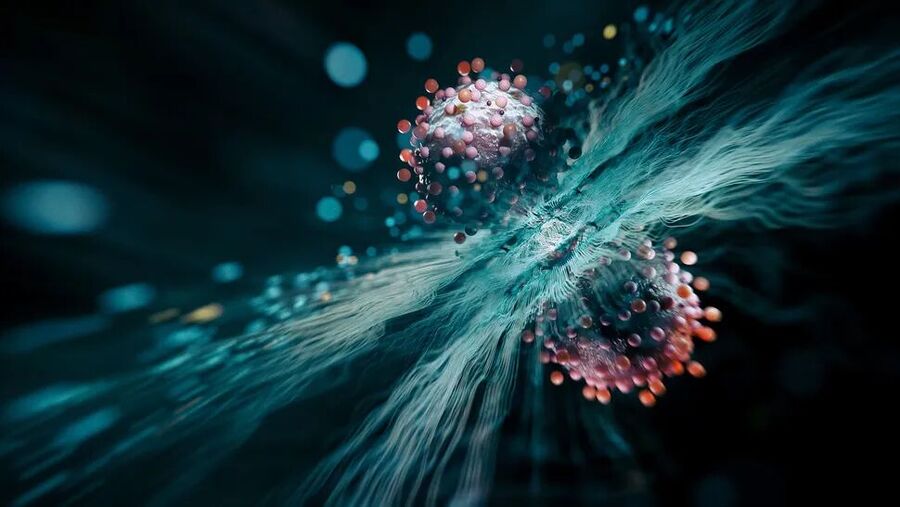OF THE
TIMES


"I assert there is no connection whatsoever between climate change and CO2 - it's all a crock of crap, in my opinion."While not expressing himself in such forthright terms, the Greek scientist Professor Demetris Koutsoyiannis might agree. He recently published a paper that argues it is the recent expansion of a more productive biosphere that has led to increased CO2 concentrations in the atmosphere and greening of the Earth. It is widely argued that changing atmospheric carbon isotopes prove that most if not all recent warming is caused by the 4% human contribution from burning hydrocarbons, but such anthropogenic involvement is dismissed by Koutsoyiannis as "non-discernible". Koutsoyiannis is Professor Emeritus of Hydrology and Analysis of Hydrosystems at the National Technical University of Athens.

Comment: See also: